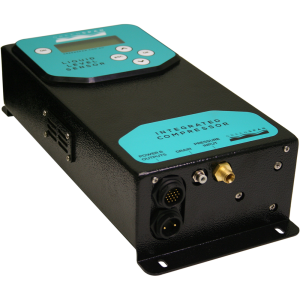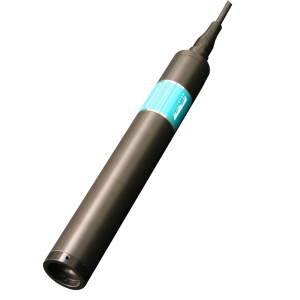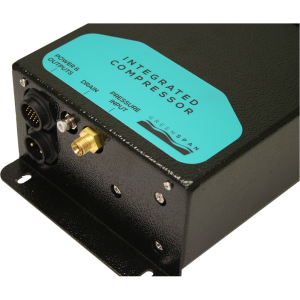Greenspan PS and PR water level sensors
What are water level sensors?

Hydrologists use water level sensors to determine the depth of a body of water. While a metre stick will measure depth, their accuracy is insufficient for most studies. Many hydrological studies require data points to span days to years sometimes taking multiple measurements a minute. For these studies, a metre stick or other basic devices exclude the possibility of accurate and continuous measuring.
More advanced water level sensors such as bubblers or pressure sensors, which have electrical components and microchips, can continuously and accurately measure depth. Such water level sensors have their advantages and disadvantages making each better suited to different applications.
Types of water depth sensors
Greenspan manufactures two different types of water level sensors, each utilise a different technology to accurately measure depth.
The PR (PR = Pressure Remote) series uses the ‘bubbler method’ for determining depth. The PR sensor is remote from the body of water, i.e. the sensor is not in the water. The PS series are submersible sensors that need to be in the body of water to take measurements.
PR and PS operating principals
Bubbler system sensors like the PR7200 Pump Pro, determine water levels by measuring hydrostatic backpressure. The PR7200 utilises a plastic tube that has one end submerged in the fluid to be measured. The pressure of the ‘head’ of water above the tube equals that measured at the ‘dry’ end. Here, the pressure is measured then converted to “head of liquid”.
Alternatively, the PS1000’s sensor is a ceramic capacitance transducer which measures the pressure acting on it. Therefore, to function, the PS1000 must be fully submerged. The PS1000 (and PS7000) either logs the measurements internally or sends them to a logger outside of the water.

Applications of the PR and PS depth sensors
The key advantage of the bubble technique of water level measurement is that the electronics are remote from the fluid. This allows for the monitoring of waters with large quantities of debris, which would otherwise have damaged the sensor. By placing expendable tubing into the water rather than the sensor itself you can ensure long-term reliability and low risk of damage. Some bubbler sensors such as the PR7200 even have digital displays that show real-time depth measurements.
In contrast, submersible sensors have the advantage of being fixed in place for long periods of time without the risk of the tubing being dislodged. This allows the sensors to take continuous readings, ideal for systems that require constant water level monitoring and frequent data points, where debris is not present.
Stay up to date with ESS Earth Sciences news and development by following us on LinkedIn.
